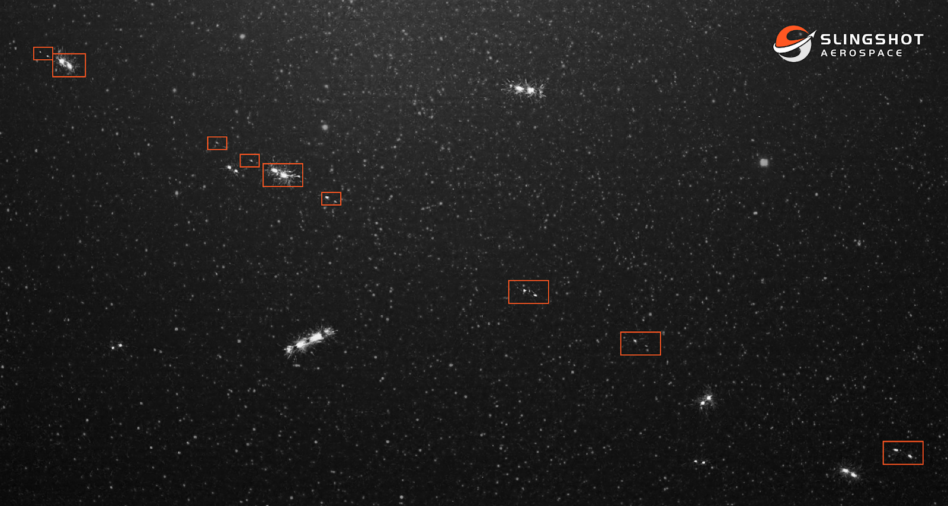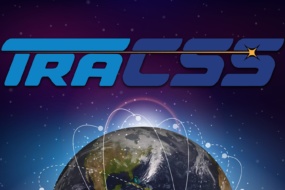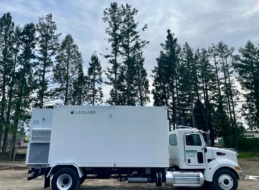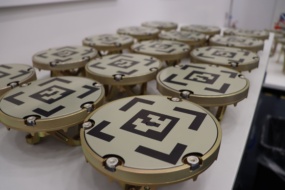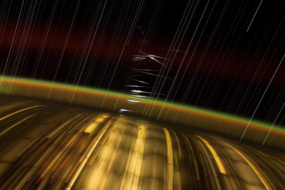China’s plans for greater connectivity in LEO are coming with a price—a large amount of space debris.
On Tuesday, China launched a Long March 6A rocket carrying the first 18 satellites in its Thousand Sails mega-constellation, designed to deliver a Starlink-like internet capability in LEO.
But more than the satellites entered orbit. The launch created 300+ trackable pieces of space debris that could threaten satellites in LEO, US Space Command announced Thursday.
Extrapolating out: China’s Shanghai Spacecom Satellite Technology is planning to deploy an initial constellation of nearly 1,300 satellites that could grow to ~15,000 birds when all is said and done.
While the exact number of launches it will take to build the full constellation is unclear—since China could launch more than the 18 sats that went up this week on future launches—one thing is obvious: it’s going to take a lot of trips to orbit to put up thousands of sats, and if they continue to cause debris, everyone who relies on or uses space could face trouble.
“If even a fraction of the launches required to field this Chinese mega-constellation generate as much debris as this first launch, the result would be an untenable addition to the space debris population in LEO,” Audrey Schaffer, Slingshot Aerospace’s VP of strategy and policy, said in a statement. “Events like this highlight the importance of adherence to existing space debris mitigation guidelines to reduce the creation of new space debris and underscore the need for robust space domain awareness capabilities to rapidly detect, track, and catalog newly-launched space objects so they can be screened for potential conjunctions.”
Trash day: The Long March 6A has a history of leaving behind debris, making China a notable outlier as the broader space community pushes to reduce trash in orbit and increase space sustainability to both avoid close calls and ensure space is usable for a long time.
- The rocket’s upper stage broke apart after a July 4 launch, leaving behind a cloud of “visually detectable debris,” according to Swiss space surveillance company S2a Systems.
- The same company spotted ~60 pieces of debris from a Long March 6A upper stage in April.
- The rocket also experienced a “major breakup” of its upper stage in November while launching a Chinese weather sat.
